It’s been seven years since Japan’s largest earthquake struck off the coast of the Tohoku region. The 9.1 magnitude quake unleashed a tsunami of unprecedented proportions, with 30-foot waves swallowing towns and villages and killing more than 22,000 people. In fact, the disaster had such a profound affect on me, it’s what prompted me to begin this blog in 2011.
In Kamaishi, a small fishing village in Iwate Prefecture, the terrifying wall of water quickly barreled over the town’s seawall, raced up the river and rushed through the streets, carrying houses, boats, cars and bodies along with it. An estimated 888 villagers lost their lives that day, 152 went missing and were never found, 90% of Kamaishi’s fishing fleet was demolished and 70% of downtown was damaged or destroyed. Yet just nine months after the unimaginable disaster, some of Kamaishi’s townspeople gathered in support of a dream—to lobby as one of 12 host cities for the 2019 Rugby World Cup, the first time the event would be held in Asia. It seemed like a long shot. After all, at the end of 2011, Kamaishi had barely any buildings, let alone a rugby stadium. But the dream won and the town has been building a 16,000-seat stadium from scratch. With a population of 35,000, Kamaishi is the smallest of the 12 cities hosting the games and the only one in the Tohoku region. It turns out, rugby is in Kamaishi’s blood.
Kamaishi is known throughout Japan for three things: for being the birthplace of Japan’s modern steel industry, for commercial fishing and for its former glory as a rugby town. Iron is what initially put Kamaishi on the map, after the nation’s first Western-style iron furnace was established here in 1858 by Takako Oshima, considered the father of modern iron manufacturing in Japan. The iron and steel industry played a huge role in the local community for more than 100 years, with almost 100,000 residents living in Kamaishi in the 1960s and about 12,000 people employed by Nippon Steel. But changes in iron manufacturing led to the shuttering of the steel mill in 1988 and to Kamaishi’s gradual decline. The town’s place in history was finally rewarded in 2015, when its Hashino Iron Mining and Smelting Site, founded by Oshima, was included in UNESCO’s Sites of Japan’s Meiji Industrial Revolution: Iron and Steel, Shipbuilding and Coal Mining.
But the town’s true calling has long been rugby. Its Nippon Steel Rugby Club captured eight national championships, seven of them consecutive trophies between 1978 and 1984. What made the story of the Northern Iron Men, as the team was popularly called, especially compelling is that it never recruited a star university forward but rather consisted of athletes who had been no-name high-school players. Today, the Kamaishi Seawaves are the local team, and many a kid in town plays rugby with hopes of continuing in the tradition of the Northern Iron Men.
Ironically, the new Kamaishi Recovery Memorial Stadium is being built on grounds once occupied by the local elementary and junior high schools. In one of the most heartening stories to emerge from the tsunami, nearly all of Kamaishi’s 3,000 elementary and junior high students survived, holding hands as they followed protocol and retreated safely to higher ground. It is often referred to as the Miracle of Kamaishi. Today, the schools have been relocated to higher ground in handsome buildings on a bluff, with stairs leading up the hills to even higher ground. To ensure the safety of its citizens and of the 16,000 spectators that will flock to Kamaishi for rugby world cup games scheduled from September 25 to October 13, the town is constructing higher seawalls, a new dam and many escape routes to higher grounds. Although as many as 2,000 of the town’s residents are still in temporary housing, all are expected to be resettled by the end of 2019.
But although Kamaishi is on the road to recovery, the tragedy of 2011 is far from forgotten. Speaking through an interpreter, Akiko Iwasaki recounted her harrowing experiences on that fateful day. Her Japanese inn, Horaikan, was one of the town’s listed evacuation sites, so soon after the earthquake struck the proprietress left the inn to urge people to evacuate. But the waters came so quickly, she almost died herself, surviving only by leaping onto the roof of a bus and then clambering to safety fighting the waves. She described how townspeople pulled together after the unspeakable disaster, which left the town in isolation for five days before help arrived, with fishermen constructing toilets in the woods and scavenging for gas cylinders to build fires for cooking. Iwasaki said she was grateful to have survived so that she could contribute to Kamaishi’s rebirth.
“It’s in our DNA to survive,” she said through the interpreter. “Lots of my friends are still buried under the sea. I want them to see the lights of Horaikan.”
Probably no landmark better represents the town’s beacon of hope than the Kamaishi Daikannon, a 159-foot-high statue erected in 1970 on a hill high above the town’s bay. Holding a fish in her arms, the Kannon prays for world peace and for victims of the tsunami. From here, you have sweeping views over the bay, where at its mouth a 206-foot-deep seawall is being built to replace the one destroyed in the tsunami. You can also see the 49-foot-high seawalls being constructed along the town’s shores.
Sadly, the coastal seawalls being built here and along certain
areas of the Tohoku coast obstruct all views of the sea. But for the people who live here and who decided with determination to rebuild their lives after loosing so many loved one, it’s a small price to pay.
“To work with the sea again is to recover,” Iwasaki answered when asked whether fishermen were reluctant to return to the sea after the tsunami.
Iron, fishing and rugby have all contributed to Kamaishi’s past success, but their continued significance–from a World Heritage designation to fresh seafood to hosting the Rugby World Cup–continues to play a big role in the healing and future of this small coastal village.
For information on Iwate Prefecture, including places to see and things to do, see my article published at frommers.com, Japan’s Iwate Prefecture: Wild White, and Wonderful
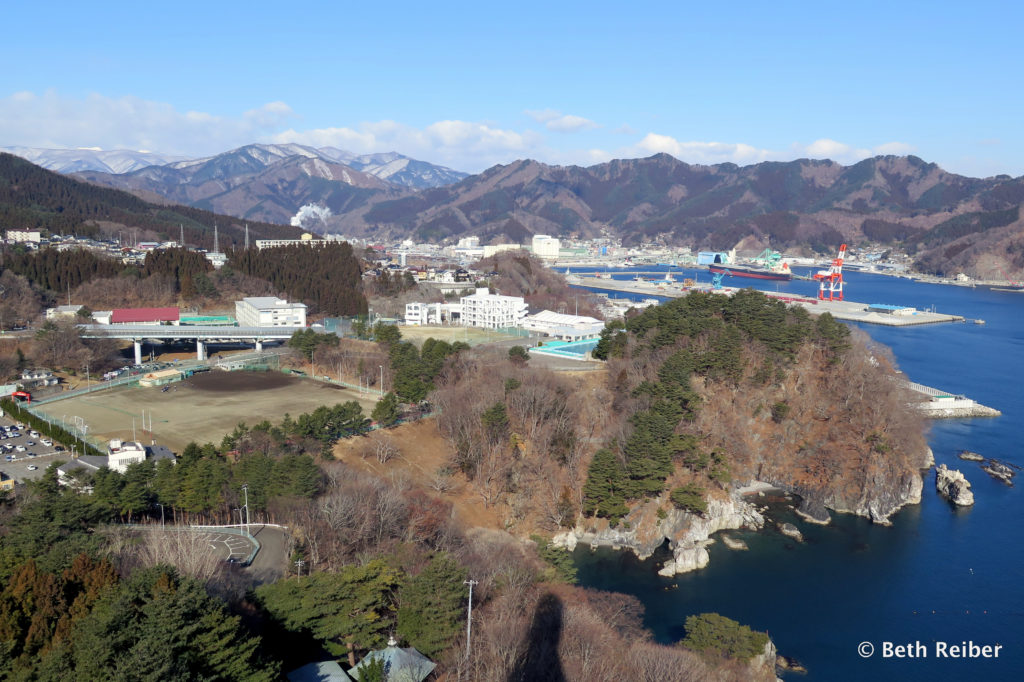
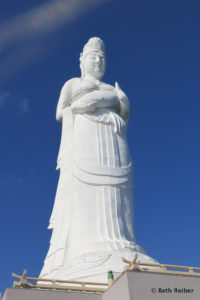
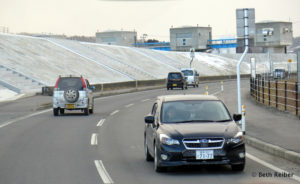
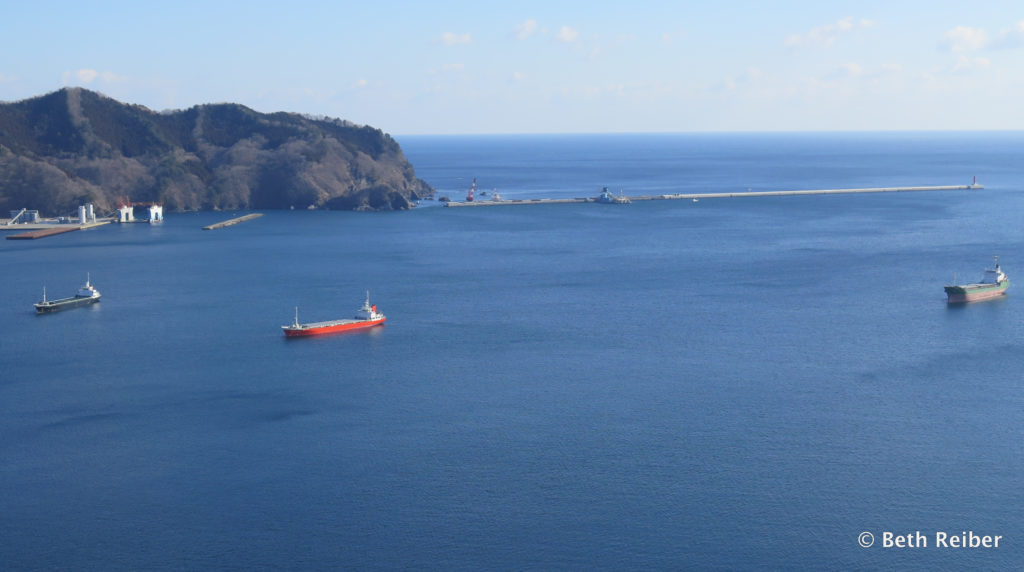
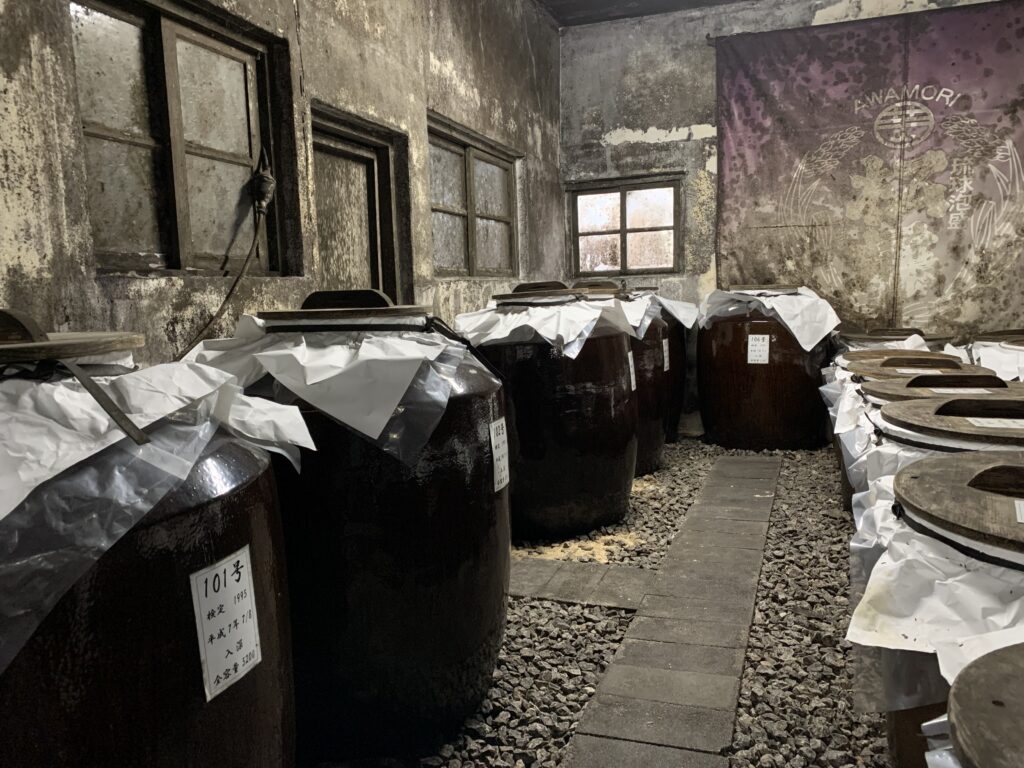
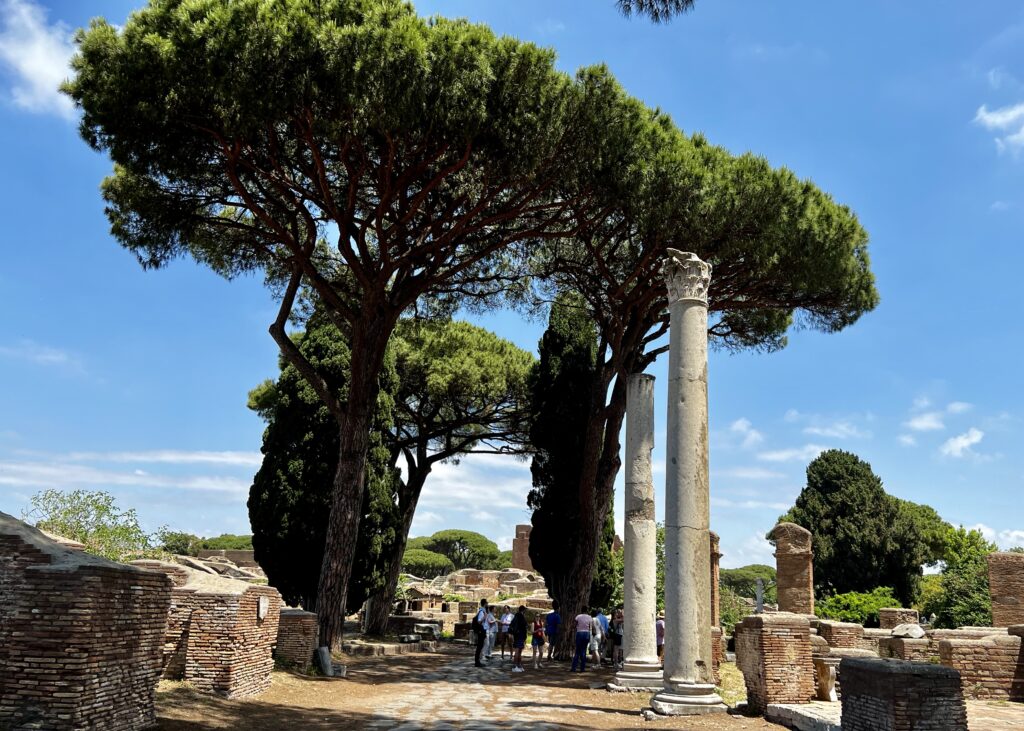
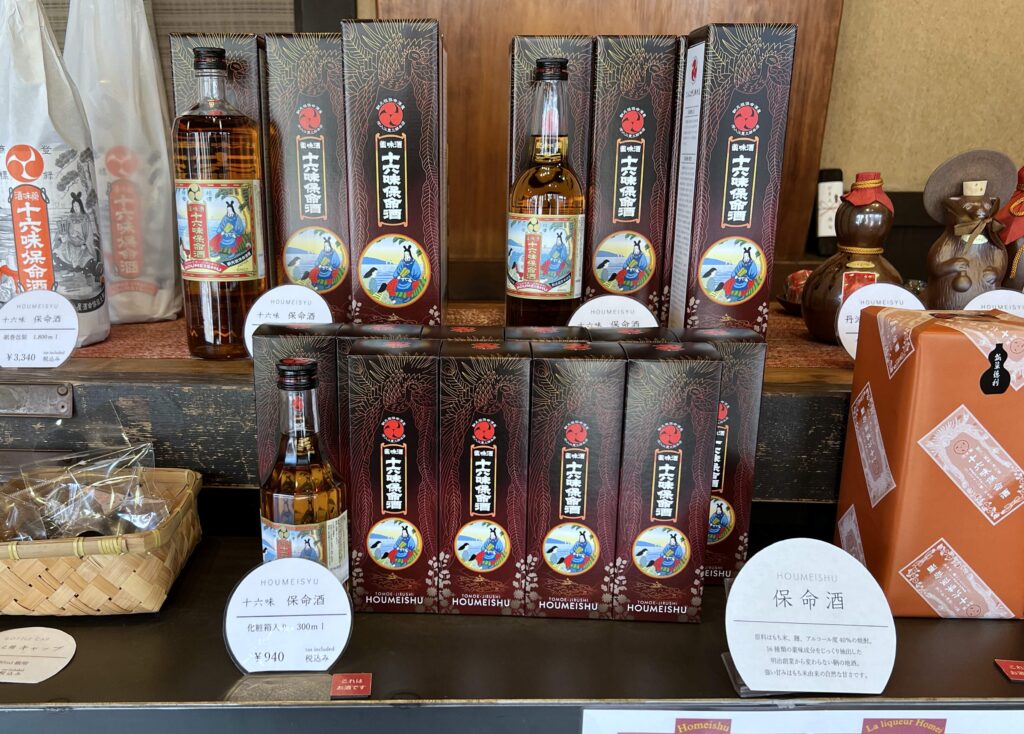
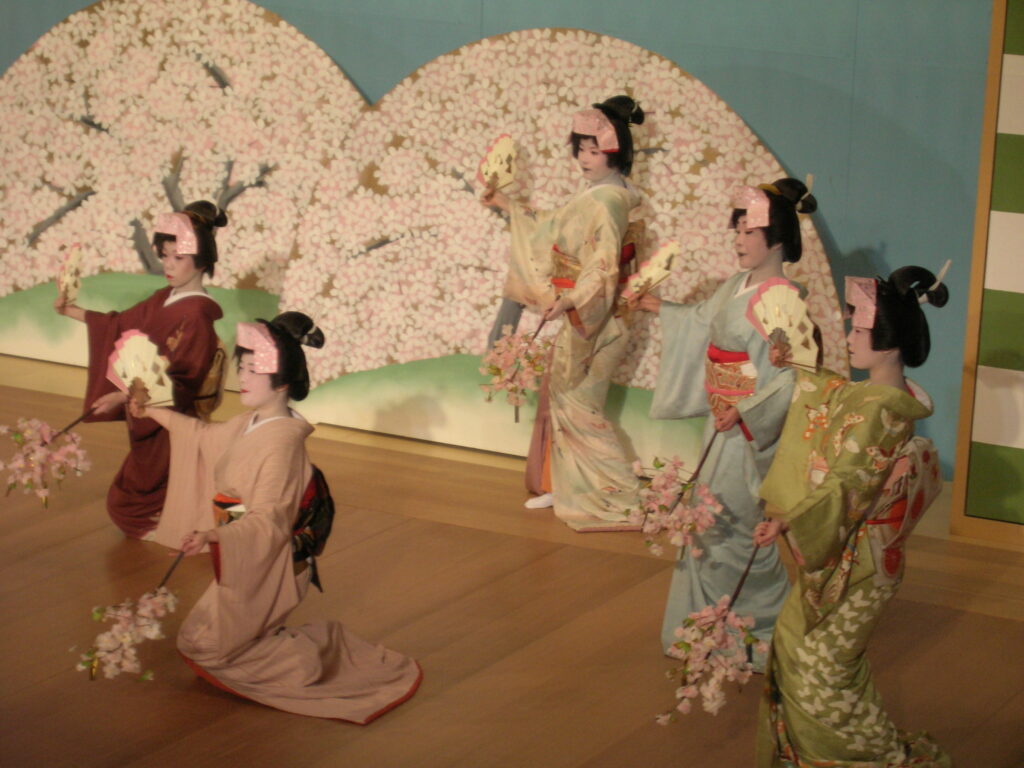
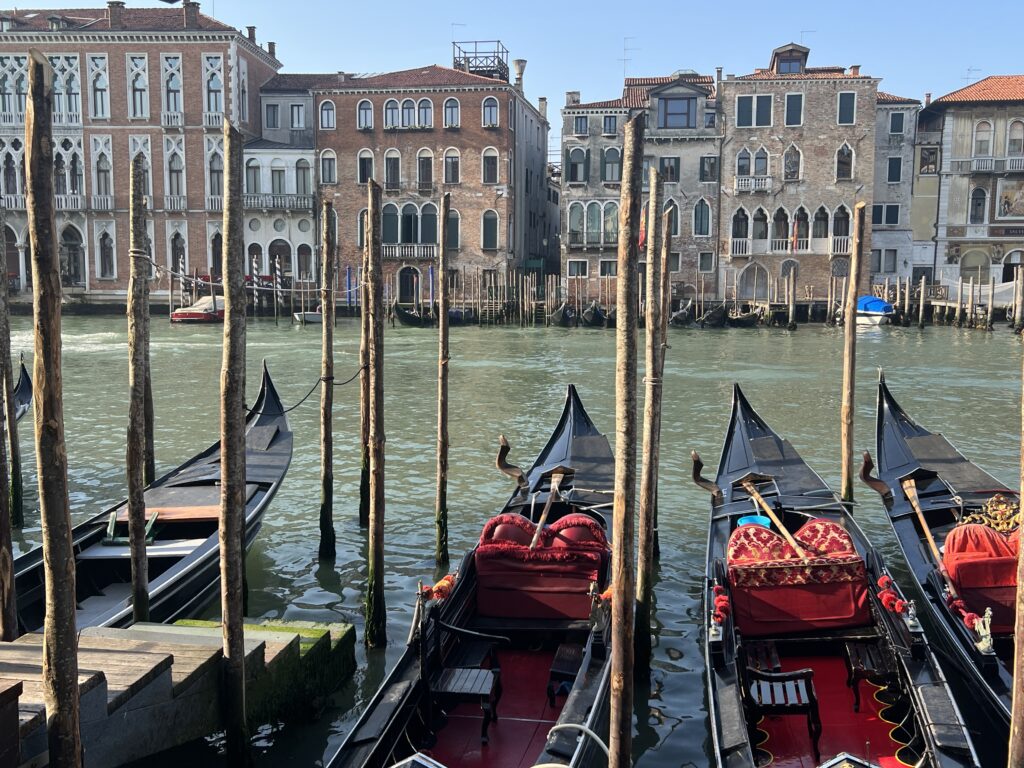
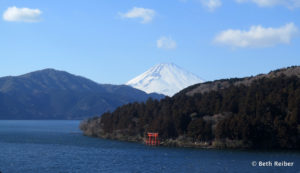
1 thought on “Kamaishi–The Comeback Rugby Town 7 Years After the Tsunami”